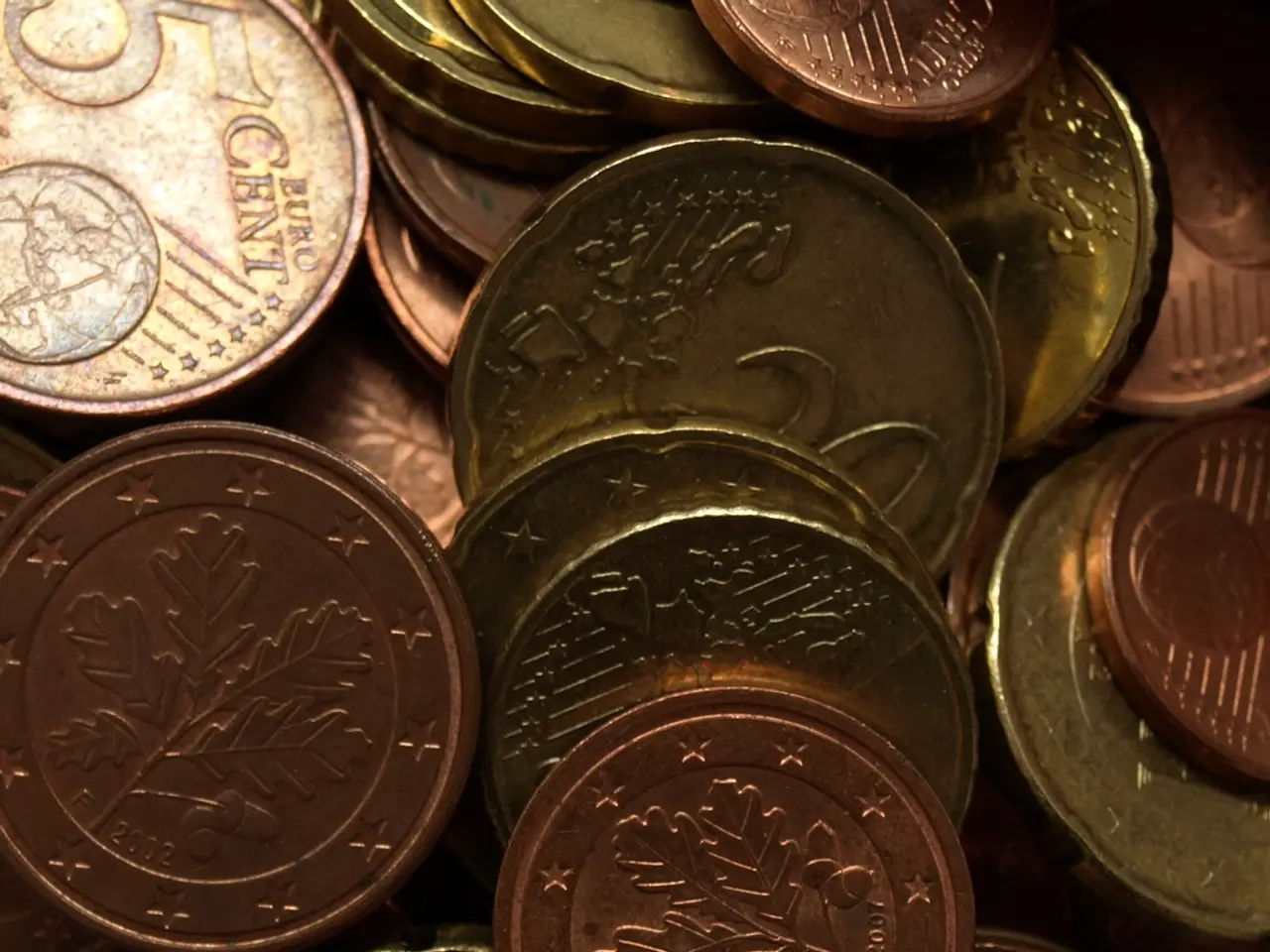Decrease in USDT Market Capitalization Noted after MiCA Implementation Enforcement
The European Union's (EU) MiCA regulation, which came into effect on December 30, is transforming the crypto landscape, particularly for stablecoin issuers. Uldis Teraudkalns, Chief Revenue Officer at Paybis, has stated that the implications are far-reaching.
Teraudkalns' comments indicate potential industry consolidation and reduced competition due to increased costs associated with MiCA compliance. Compliance costs could push out some companies, regardless of size, from the EU market. Tether, a major stablecoin issuer, has opted not to seek MiCA compliance, potentially leading to its delisting from European exchanges and loss of market share in the EU.
The MiCA framework imposes licensing, reserve, and liquidity norms on stablecoin issuers. Most EU countries provide transitional periods of 6 to 18 months for compliance. Smaller stablecoin issuers must hold 30% of reserves in low-risk EU commercial banks, while Tether and other major players face a threshold of 60% or more.
The operational and financial burden of MiCA compliance is significant. Tether’s CEO warned that this reliance on banks may increase systemic risk, as bank liquidity shortfalls during mass redemptions could trigger simultaneous banking and stablecoin crises.
MiCA introduces a unified licensing system, allowing licensed issuers to operate EU-wide with passporting rights. This enhances market access for compliant stablecoins and disadvantages non-compliant ones like USDT, which face delisting on EU exchanges. This may accelerate market share shifts towards tokens like Circle’s EURC or other compliant stablecoins.
By clearly defining stablecoin types and banning algorithmic and yield-bearing stablecoins, MiCA creates a consistent regulatory environment that mitigates risks and fosters institutional adoption and investor trust. This could boost stablecoin use in payments, remittances, and e-commerce within Europe.
EU regulators, supported by institutions like the European Central Bank (ECB) and Bank for International Settlements (BIS), see MiCA as critical to curbing risks to monetary sovereignty and ensuring transparency. While cautious of potential capital flight or monetary fragmentation, MiCA’s framework aligns with broader global regulatory trends to foster cross-border coordination without fragmenting markets.
However, Teraudkalns acknowledged MiCA's potential to enhance investor protection and reduce fraud risks but warned that these benefits come with increased costs. Jurisdictions close to the EU, such as the UK and Switzerland, could benefit depending on their regulatory developments.
Some European crypto exchanges, including Coinbase Europe, have delisted USDT and five other stablecoins due to regulatory uncertainty. Binance and Crypto.com have chosen to maintain support for these assets, awaiting further clarification on MiCA's requirements.
Tether, with substantial cash reserves and diversified revenue streams, is not expected to face significant financial consequences due to a potential EU exit. However, the company's market capitalization dropped from over $141 billion mid-month to approximately $137.5 billion.
In August, Tether's CEO Paolo Ardoino criticized MiCA, describing it as a "systemic risk" not only to stablecoins but also to the banking system. Ardoino echoed the sentiment that the regulation could be seen as a "gift" to traditional financial institutions.
Overall, MiCA is transforming the EU crypto landscape by elevating stablecoins from loosely regulated speculative assets to institutionally governed financial instruments. This encourages innovation within a secure framework, but also challenges major issuers like Tether to adapt or face exclusion, reshaping competition and the future issuance landscape in Europe.
Businesses involved in crypto exchanges are likely to face increased competition and potential industry consolidation due to the financial and operational burden of MiCA compliance. The consequences could lead to the delisting of non-compliant stablecoins, such as Tether, from European exchanges, potentially shifting market share towards compliant ones.
Finance and business within the EU's crypto industry are undergoing transformative changes with the MiCA regulation, as stablecoin issuers, particularly major players like Tether, are confronted with heightened costs and tougher licensing norms.




